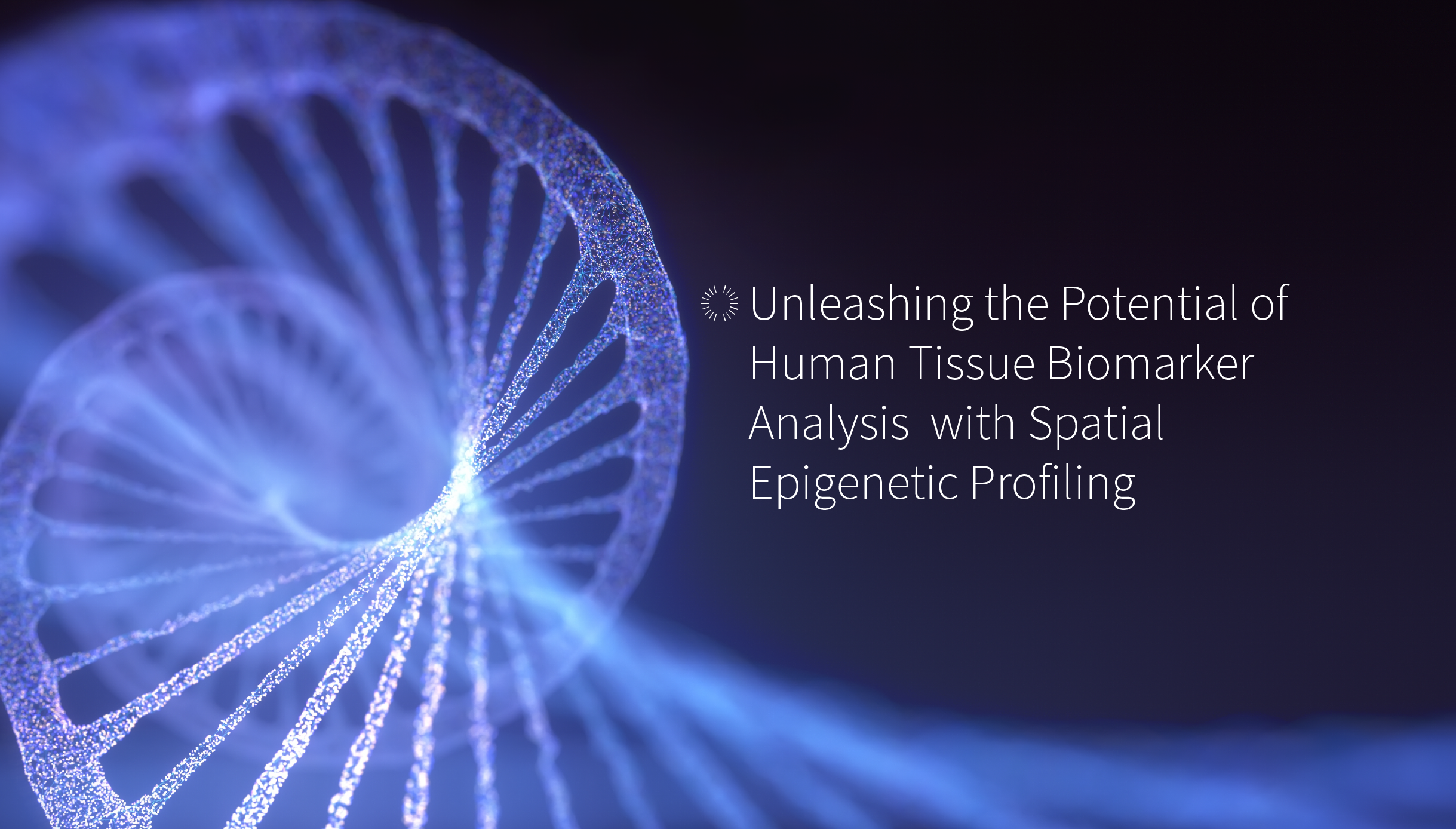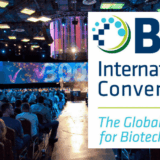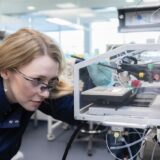Medicines Discovery Catapult launched their sample access capability following a report that was published called ‘State of the Discovery Nation’. The report was based on a survey of UK SMEs around the various challenges in R&D which revealed that whilst access to clinical samples was important, in practice it was challenging to achieve.
Importance of clinical samples for SMEs
SMEs require clinical samples as part of their core R&D activity. Clinical samples can be accessed via collaborations with clinical academics or key opinion leaders, from NHS or academic biobanks identified through the UK CRC tissue directory, from commercial sample supplier organisations or via procurement platforms. Clinical samples can be used to support method development, assay validation, regulatory submission packages, and for biomarker analysis.
Within the UK there are rich sources of clinical samples, consented for research however, these are often not used to their full potential. This could be due to lack of biobank promotion, websites may not be accessible or user-friendly, or the lack of listing in a tissue directory. Researchers may not be aware of individual biobanks especially in the small, early stage organisations with limited experience in sample acquisition. There is a lack of UK wide infrastructure which can impact access committees, governance requirements e.g. ethics approvals, and speed of access. Speed of access is critical for SMEs who need to progress quickly to the next milestone or investment decision in order to survive in a competitive market.
Making samples available to SMEs
In recent months, the pressure on NHS biobanks to deliver diagnostic work has escalated due to the COVID-19 pandemic and resources are extremely stretched. To support biobanks and help them deliver the services, requests should be submitted with enough lead time as possible, requests should be researched to ensure essential criteria as opposed to the nice to have data variables are identified, and no last minute changes are made, which will impact timelines.
Within the UK the Health Research Authority (HRA) could help enforce registration of biobanks on the UK CRC tissue directory. The Human Tissue Authority (HTA) are committed to trying to encourage the use of biobanks however research only makes up a small proportion of what they oversee. In addition, the patient groups can support the promotion of biobank use. For UK biobanks to continue, they need to be used. Many UK biobanks are established using grants and need to be self-sustaining after several years otherwise they either close or merge with other bioresources.
This article is based on Helen’s talk from the MDC Connects webinar series. Watch the session Helen took part in – Developing a Biomarker Strategy

About the author
Helen Hind is Biosamples Lead at MDC. She has over 25 years’ experience in the life sciences, having previously held both lab-based and clinical research roles at AstraZeneca; she has also worked within sample access for AZ Discovery scientists. Prior to her current role Helen worked in academia on clinical trials methodology and within the NHS as a Business Development Manager, supporting commercial research in the Liverpool city region. She leads Medicines Discovery Catapult’s Samples and Data capability to help UK drug discovery companies – primarily SMEs – access the clinical samples they need to develop novel medicines faster.




















































































































